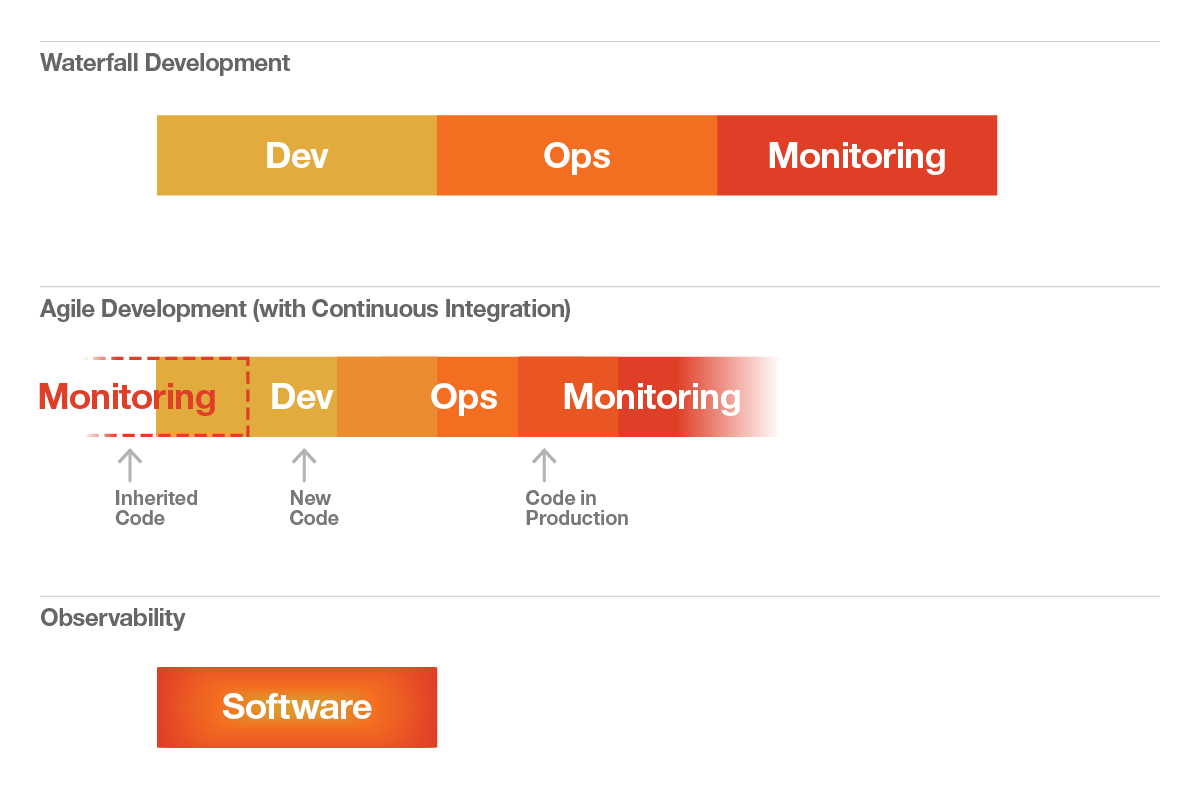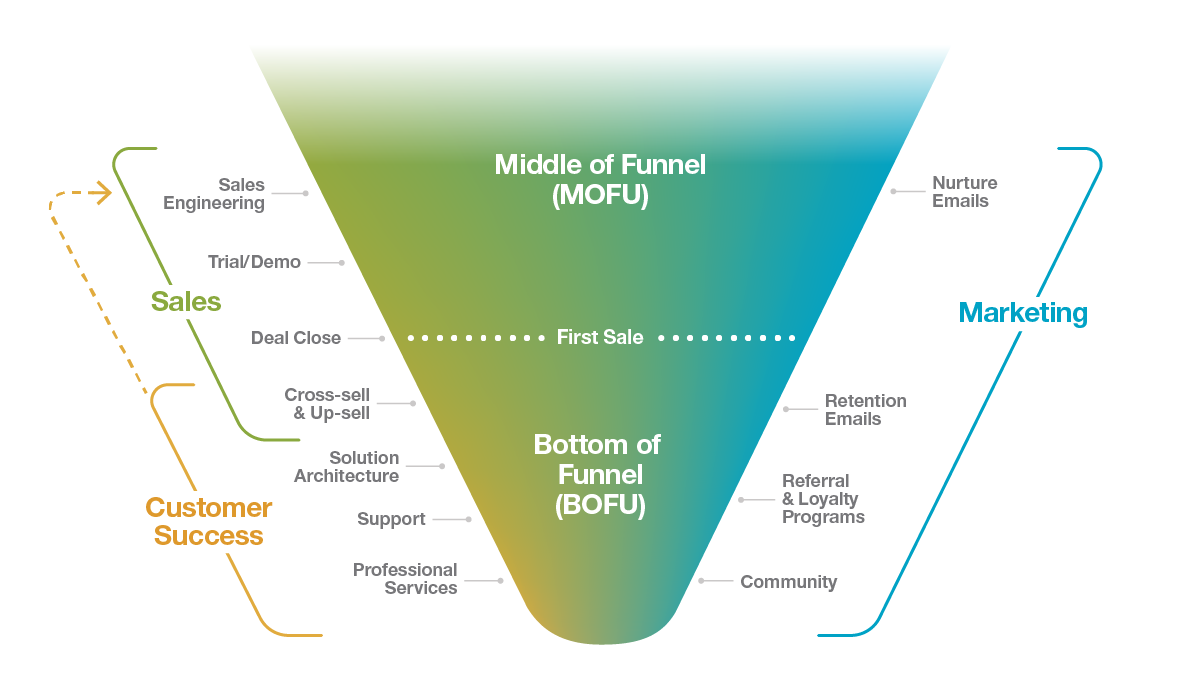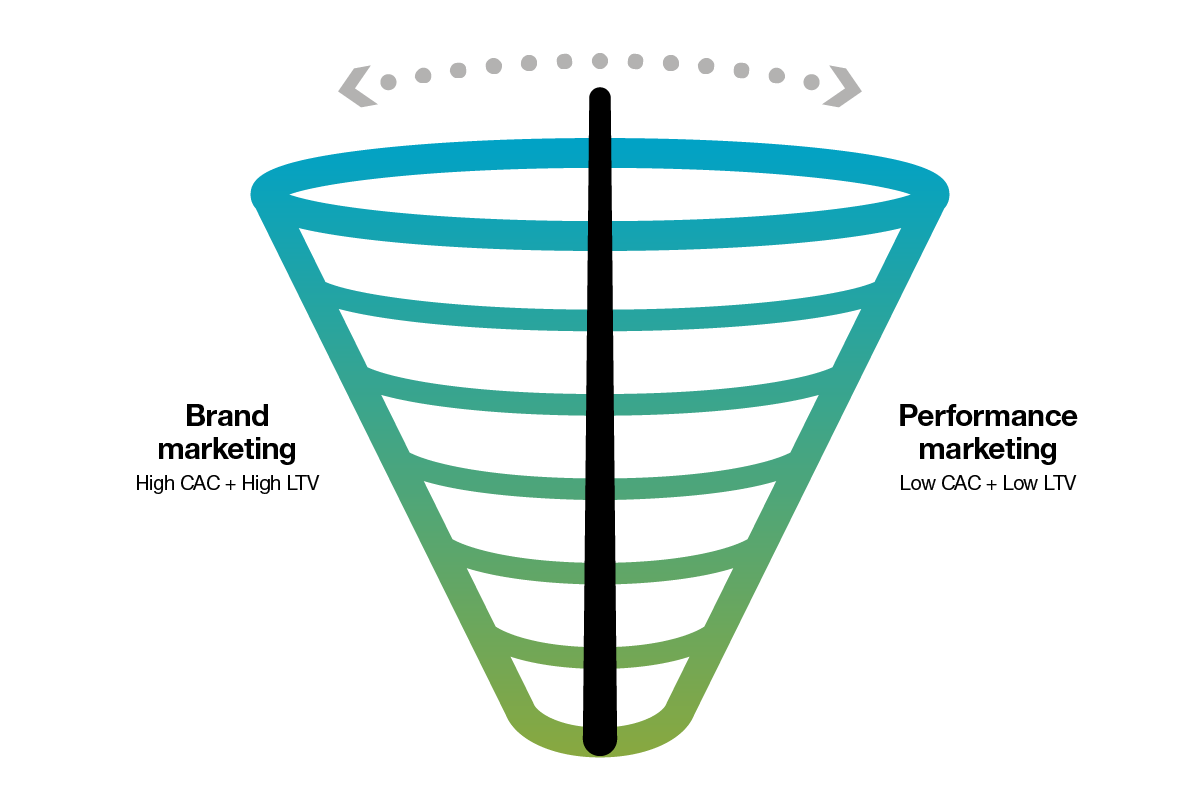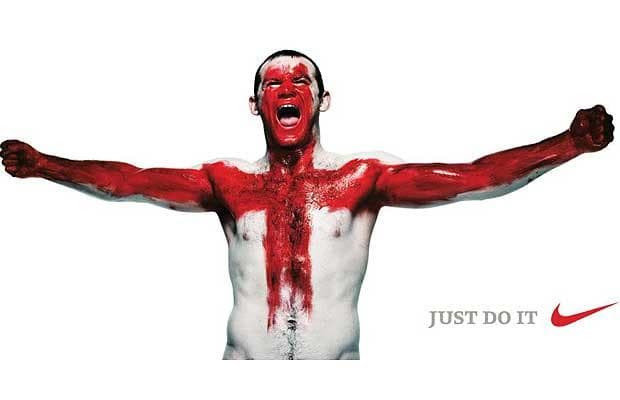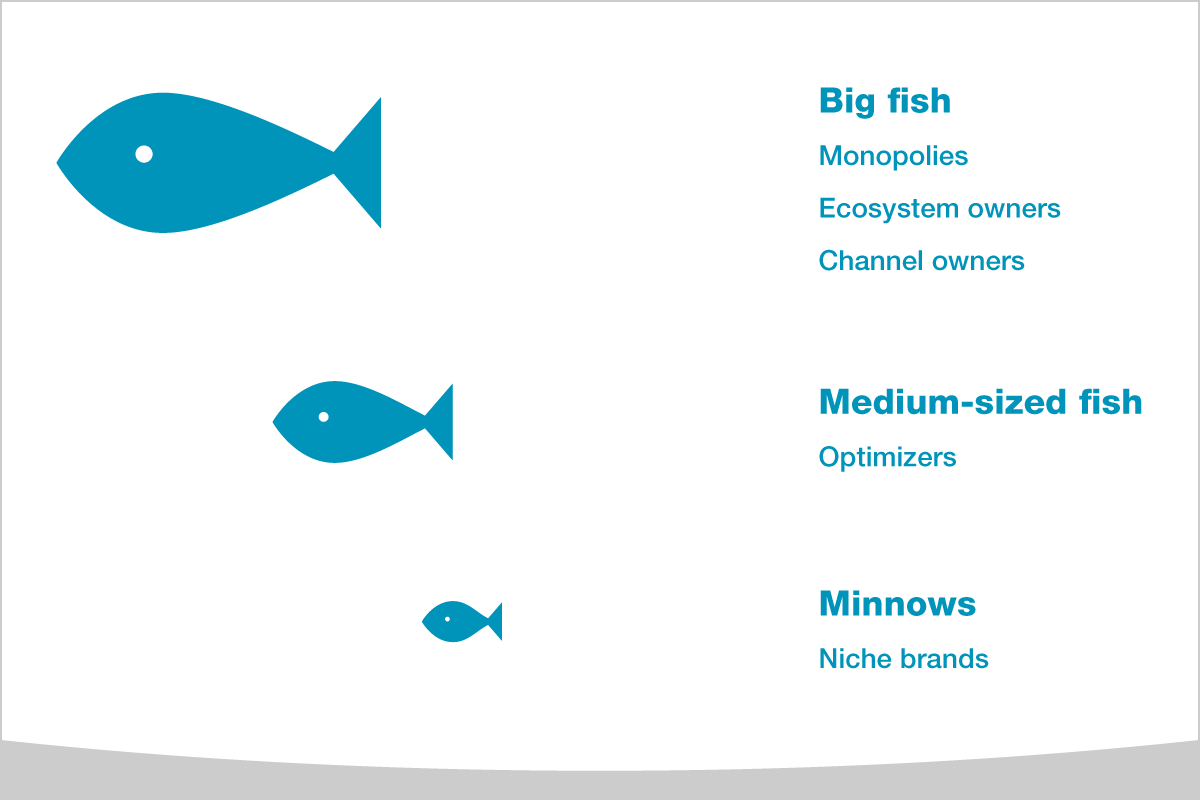Principles tend to be simple, annoying, hard to act on—and essential.
Mastery
A series on the importance of connecting principles, methodology, process, tools, and results… in that order.
Product and Marketing
Everything’s a funnel. The culmination of our Relationships and Revenue series, and the introduction of our Three Machines framework, inspired by Brad Feld.
Aligning Marketing and Sales
B2B organizations face an unresolved tension between the need for a unified GTM strategy and the human reality that Marketing and Sales are very different.
Corporate strategy and board optimization
Business strategy deals with opportunity, while corporate strategy deals with org structure and operations. Getting both aligned, and getting the board aligned, is key to long-term success.
One Hundred Years
A prose listicle with some of my favorite works about the last hundred years, from 1917 to 2017.
Brand marketing vs. performance marketing
Brand marketing and performance marketing are in dynamic tension with each other at every step of the marketing funnel.
What is positioning?
Positioning defines how external audiences see a company relative to its competitors. It articulates where we fit into both the competitive landscape and our customers’ minds.
Becoming #1
Whether they are a niche player, thought leader, or market leader, every brand communicates as if they are #1 in their respective space.




